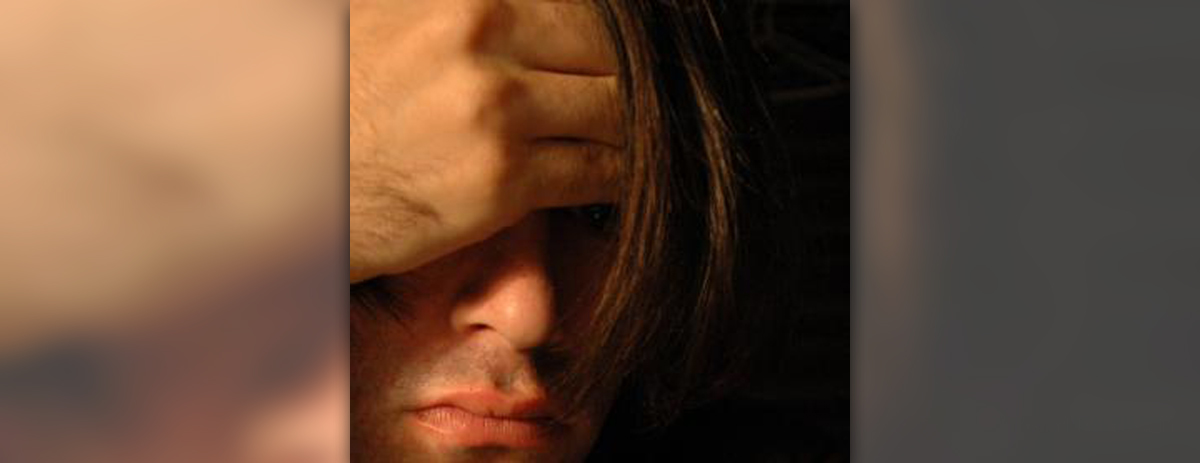
Adult Acne Adult acne can be quite frustrating and difficult to get rid off. Some people experience onset of acne in adulthood for the first time while in others it may be acne that continue past their teen years. Usually, teenage acne and adult acne develop due to same reasons. However, in adults who develop late onset of acne causes may be different.
Generally, cause of adult acne is still unexplained. However, hormonal imbalance is often considered as the main culprit. Hormonal fluctuations that occur during menstruation and menopause tend to reflect on the skin of women. That is why women are two times more susceptible to adult acne than man. Apart from hormones, there are other common triggers of adult acne. Here is the list of the most common causes of acne in adults.
Eight Common Causes of Adult AcneToxins in the Body
When trying to explain the causes of adult acne, dermatologists tend to focus on the skin. It is true that an oily substance produced by the sebaceous glands called sebum gets mixed with dead skin cells and leads to blockage of the skin pores. This results in bacterial infection and acne flare-ups. But, dermatologists rarely explain the cause of this process. This actually occurs when toxins and wastes accumulate in the body. Normally, the body gets rid of these toxins through the liver, colon, kidneys, small intestine and other organs. But, if any of these organs can not properly eliminate waste matter or it builds up too rapidly, the body tries to flush the toxins through the skin pores which eventually results in acne.
Menstrual CycleIn women suffering from adult acne, this skin condition is typically aggravated around menstrual period. This is caused by shifts in female hormones where levels of estrogen decrease whilst levels of progesterone elevate. This triggers an increased production of sebum and results in more acne outbreaks.
Pregnancy
Adult acne can be triggered by pregnancy too. The reason is in hormonal changes that occur during this period. Acne in pregnancy is usually worst in the first trimester but it may continue into the breastfeeding period.
Polycystic Ovarian SyndromePolycystic ovarian syndrome is common but often misdiagnosed condition in women. It is characterized by irregular menstrual periods as well as acne. This is caused by hormonal imbalance, which, if treated, results in improvement of the skin disease.
MenopauseAdult acne may affect menopausal and postmenopausal women also. This is due to hormones, when production of estrogen and progesterone declines. However, production of the male sex hormone, androgens, continues on small basis and triggers excess production of sebum.
MedicationsUse of certain medications can also cause adult acne outbreak. These medications are anabolic steroids, anti-epileptics and some medications containing lithium, iodine, isoniazid and rifampin.
ChemicalsExposure to herbicides and chlorinated industrial chemicals may trigger development of a skin condition known as chloracne.
Physical Pressure and Friction RubbingWhen skin is under constant physical pressure or undergoes repetitive friction it may lead to a type of acne called acne mechanica. This can be seen in violin players due to placement of a violin beneath the jaw and chin. Mountain climbers are also often affected by acne as they are exposed to constant friction caused by the straps of a backpack.





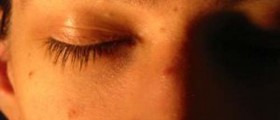
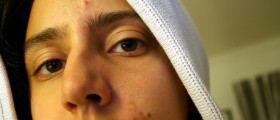
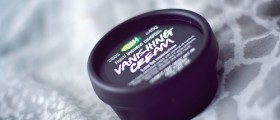



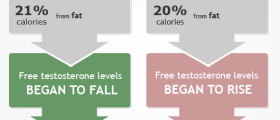

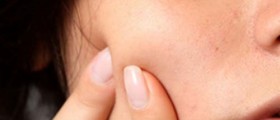
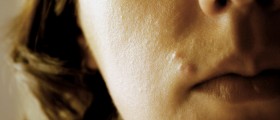


Your thoughts on this
Loading...